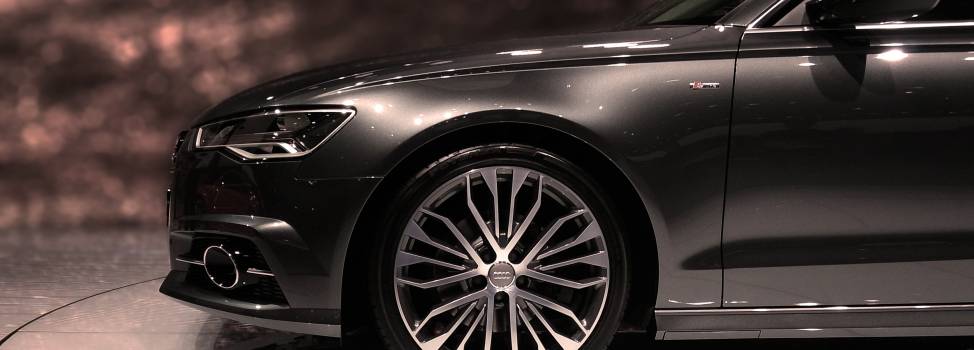Understanding Paint CorrectionPosted by Superior Auto Image on February 26th, 2020 These marks can cause your paint to appear dull and lackluster, impacting your car’s resale value. Thus, many people choose to have paint correction completed on their vehicle. This process can correct and maintain your vehicle’s paint, allowing your car to sparkle and shine every day!
What Type of Damage Does Paint Correction Repair? There are many types of paint damage that can be repaired with paint correction. These typically, include etching, minor scuffs/scratches, swirl marks/ spider webbing, micro marring, surface contamination, buffer trails, holograms, buffer trails, and deep scratches. While some of these damages aren’t immediately apparent to the naked eye, when viewed in the direct sunlight the imperfections become quickly exposed. These imperfections prevent proper light reflection leading to your paint looking faded and dull. Pain correction can remove these issues and improve the gloss, shine, and appearance of your vehicle’s paint! What Causes These Types of Damages to Occur? Many different factors can contribute to damage to your vehicle’s clear coat. However, most commonly vehicles will sustain clear coat damage due to improper washing processes. Many times, swirling and similar types of damage occur while still at the dealership. Automatic car washes that are not touch free often create tiny swirl marks over your paint during the cleaning process. Additionally, detailers or even a home wash can cause damage if the rag used is not clean enough. Debris that remain trapped in the cleaning rag can quickly result in tiny scratches marring your clear coat. Furthermore, bird droppings, berries, road salt, sap, and other similar substances very often come into contact with vehicles when parked or driving down the highway. These substances are acidic and can often lead to etching within the clear coat. How Does Paint Correction Work? Each vehicle paint job is compromised of three layers that, include a topcoat, paint base coat, and a primer. The topcoat is your clear coat and is typically the area of paint that sustains these minor scratches, swirls, and etches. Thus, generally your actual paint is not at risk for damage. In some cases, if these scratches and imperfections are not properly removed, they will decay further and wear away the protective topcoat, causing damage to the base coat. Paint correction can eliminate this worry entirely. While this process is extremely useful and effective in most situations, remember it will not work for every situation. For deep scratches that have cut beyond the protective clear coat and reached the base, paint correction will not be a viable option but will instead require a total repaint in order to repair the issue. Paint correction works by polishing or buffing out the issue if it is possible to remove the damage. The process is often completed by machine polishing. It is important to note that during this process a microscopic amount of clear coat will be removed in order to smooth and remove imperfections. Henceforth, the ability for marks to be fully removed will be contingent upon how much clear coat is available to polish without removing in excess and creating additional damage. Buffer pads are typically utilized in addition to cleaners and polishing agents. It is important to ensure this process is completed by professionals that are trained to identify what paint jobs are good candidates for the process. The entire procedure must also be monitored by the experts using paint depth gauges and specialist lamps. This ensures your paint remains undamaged with professional results following paint correction. Consider if paint correction is right for you! Like it? Share it! |



